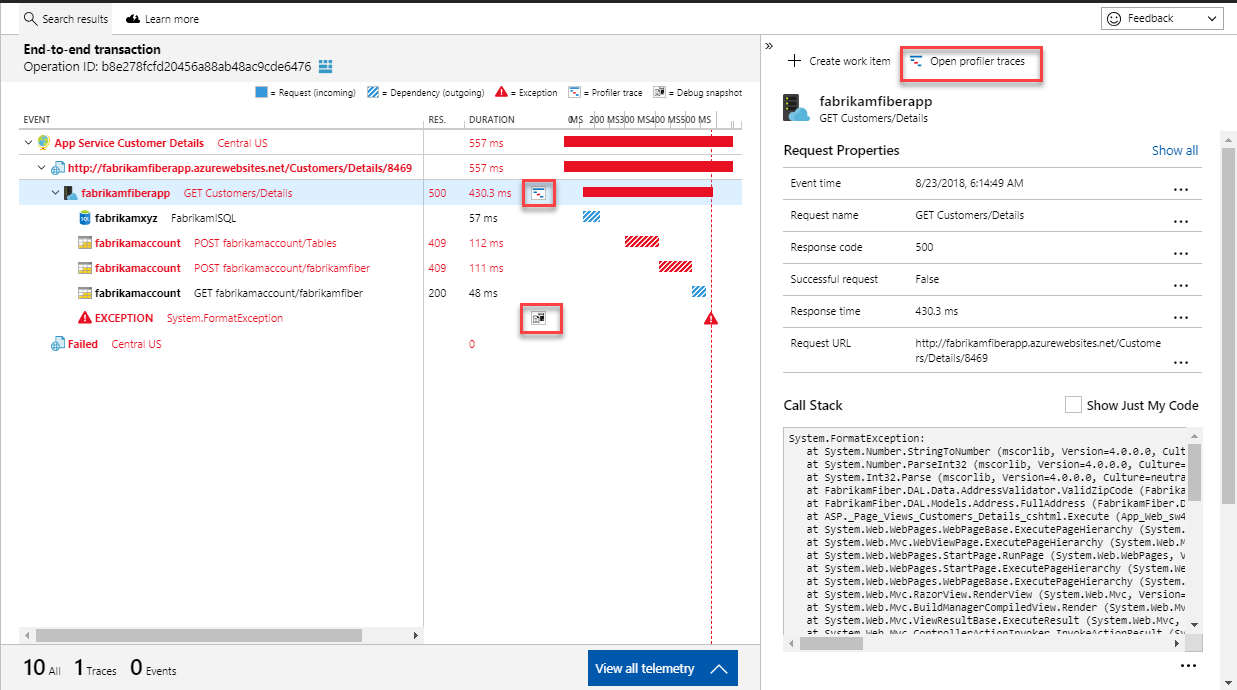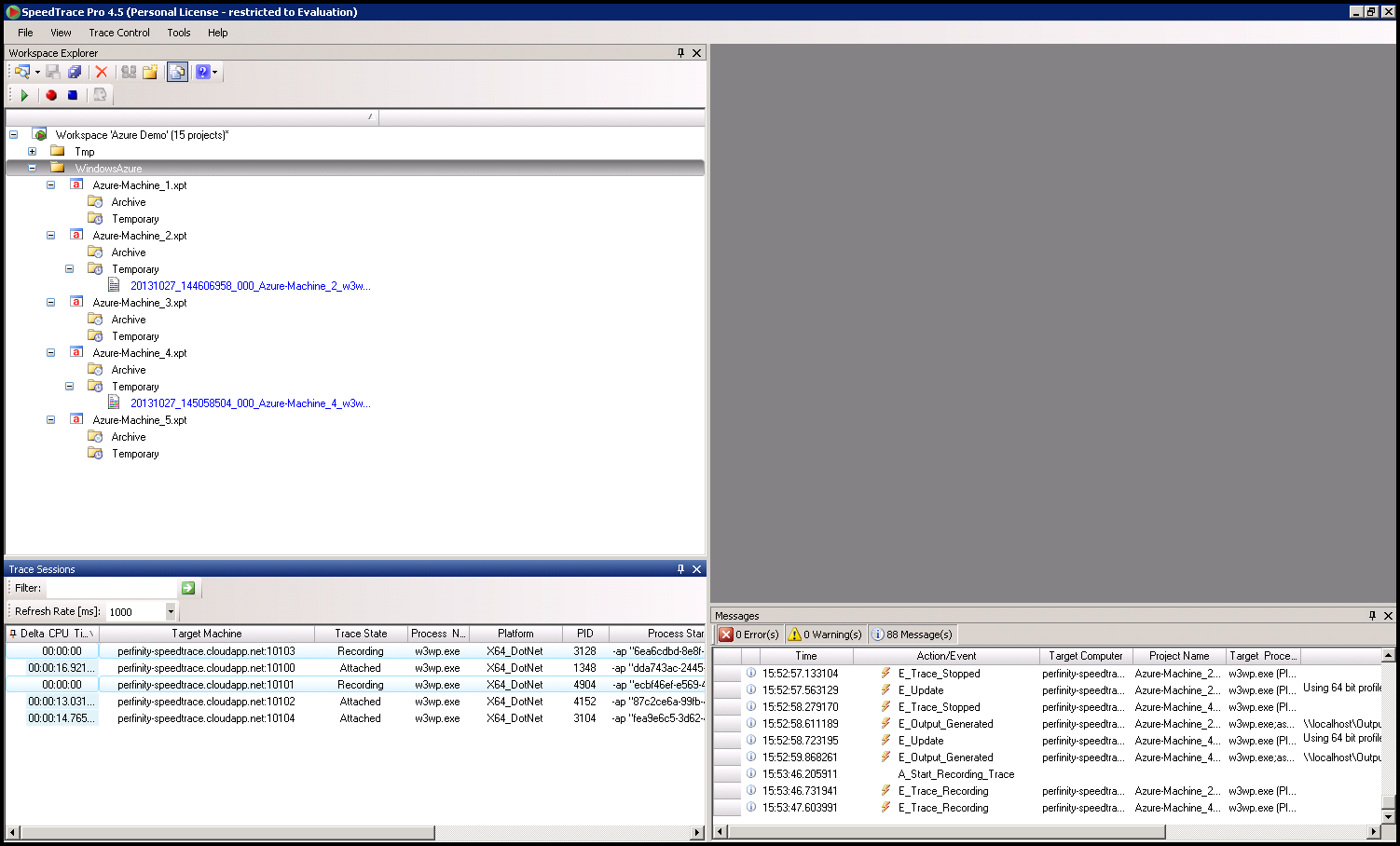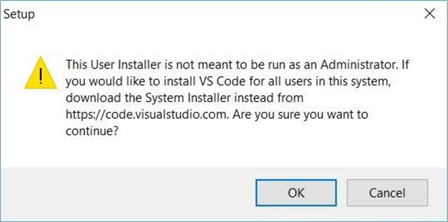

To view profiling results, go to Datasets > california dataset > Explore > Profile.Īzure Databricks is one of the prominent PaaS offerings on Azure. Profile_for_completion(raise_on_error=True, wait_post_processing=True) Profile_run = exp.submit(DsProfileRunConfig) Here is the sample code: from re import Experimentįrom _profile_run_config import DatasetProfileRunConfigĬal_dataset = Dataset.get_by_name(ws, name='california dataset')ĭsProfileRunConfig = DatasetProfileRunConfig(dataset=cal_dataset, compute_target=)Įxp = Experiment(ws, "profile_california_dataset") In Azure ML, the DatasetProfileRunConfig will help you achieve the same. However, mature organizations and teams would prefer an API to automate the same. This is a very simple way to perform data profiling in AML. Finally, select the compute of your choice. In the Azure Machine Learning studio, go to Datasets > california dataset > Details > Generate Profile. using UI or using DatasetProfileRunConfig API. Pipeline_cluster.wait_for_completion(show_output=True)įor Azure ML datasets, data profiling can be performed in two ways viz. Pipeline_cluster = ComputeTarget.create(ws, cluster_name, compute_config) Pipeline_cluster = ComputeTarget(workspace=ws, name=cluster_name)Ĭompute_config = AmlCompute.provisioning_configuration(vm_size='STANDARD_DS11_V2', max_nodes=2) Here is the script to create or reuse the compute cluster: from import ComputeTarget, AmlComputeįrom _target import ComputeTargetException Print('Dataset already registered.') Create an Azure Machine Learning Compute Cluster # upload the local file from src_dir to the target_path in datastoreĭatastore.upload(src_dir=experiment_folder, target_path=experiment_folder)Ĭalifornia_data_set = _delimited_files(datastore.path(experiment_folder+'/california.csv'))Ĭalifornia_data_set = california_data_set.register(workspace=ws, Pd_df_california_housing.to_csv(local_path) Local_path = experiment_folder+'/california.csv'

If 'california dataset' not in ws.datasets: Os.makedirs(experiment_folder, exist_ok=True)įurthermore, here is the script to create and register the dataset using the default workspaceblobstore: import pandas as pd # Create a folder for the pipeline step files

Print('Ready to use Azure ML '.format(, ws.name)) # Load the workspace from the saved config file Upload the California housing dataset as a csv in workspaceblobstore.īut before that, let’s connect to the Azure ML workspace and create a folder for the Data Profiling experiment.Load workspaceblobstore, the built-in datastore of Azure Machine Learning.Perform Data Profiling and view results.įor demonstration purposes, we will follow the below steps:.Create an Azure Machine Learning Compute Cluster.Upload California Housing to Azure Machine Learning workspace blob and create a dataset.As a running example, let’s continue with the California housing dataset. Datastores are the linked services to the data stored in the cloud storage and datasets are the abstractions used to fetch data in Azure Machine Learning for Data Science. Azure Machine Learning provides the concept of datastores and datasets. Here come options like Azure Machine Learning.

But, with big data, cloud-scale options are necessary. Pandas profiling is good for small datasets. The object profile renders data profiling results as shown below. Profile = ProfileReport(pd_df_california_housing, title="Pandas Profiling Report", explorative=True) Pd_df_california_housing = pd.Series(california_housing.target) Pd_df_california_housing = pd.DataFrame(california_housing.data, columns = california_housing.feature_names) import pandas as pdįrom sklearn.datasets import fetch_california_housingįrom pandas_profiling import ProfileReportĬalifornia_housing = fetch_california_housing() We will first load it into a pandas dataframe and use the ProfileReport API of pandas_profiling library. California Housing Dataset for profiling. Let’s take our blog’s favourite dataset i.e. Our famous library pandas can perform data profiling. We will start with Pandas Profiling and then later on move to profiling options in Azure Machine Learning and Azure Databricks. This brings us to the tools to perform profiling. To put it in different words, it is structure discovery, content discovery and relationship discovery of the data. We need more information like metadata, relationships, etc. However, to know more about data, it won’t suffice. Descriptive statistics give us classic metrics like min, max, mean, etc. Some people may mistake it with Descriptive Statistics of Data. However, the first step within EDA is getting a high-level overview of how the data looks like. The first step of Data Science, after Data Collection, is Exploratory Data Analysis(EDA).


 0 kommentar(er)
0 kommentar(er)
